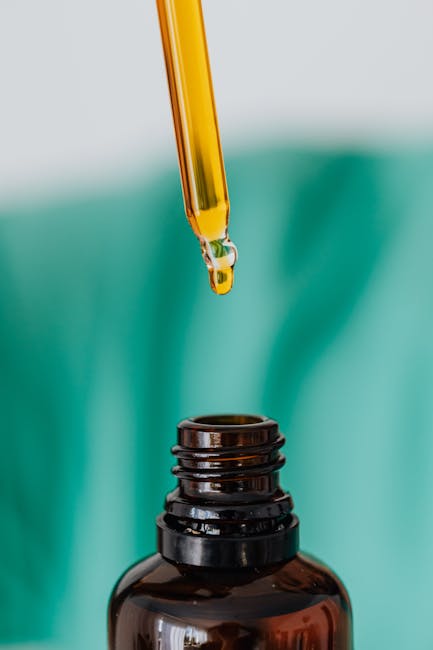ALS Cure: Exploring Current Research and Future Hope
Amyotrophic lateral sclerosis (ALS), also known as Lou Gehrig’s disease, is a devastating neurodegenerative disease that progressively destroys motor neurons, leading to muscle weakness, paralysis, and eventually, death. There is currently no cure for ALS, and treatment options are limited, focusing primarily on managing symptoms and slowing disease progression. However, significant advancements in research are offering a glimmer of hope for an ALS cure in the future. This article explores the current state of ALS research, promising avenues of investigation, and the challenges that lie ahead.

Understanding ALS: The Disease Mechanism
ALS is characterized by the degeneration and death of motor neurons, the nerve cells that control voluntary muscle movement. This leads to a progressive loss of muscle function, impacting speech, swallowing, breathing, and mobility. While the exact cause of ALS remains unknown, research points to a complex interplay of genetic and environmental factors. Approximately 5-10% of ALS cases are familial, meaning they are inherited through a family history of the disease. The remaining cases are considered sporadic, with no clear family history.
Several mechanisms contribute to motor neuron degeneration in ALS. These include glutamate excitotoxicity, oxidative stress, mitochondrial dysfunction, protein aggregation, and neuroinflammation. Understanding these pathways is crucial for developing effective therapeutic strategies.
Current Treatment Approaches: Managing Symptoms and Slowing Progression
Currently, there is no cure for ALS. Treatment focuses on managing symptoms and improving the quality of life for patients. Riluzole is the only FDA-approved drug that has demonstrated a modest ability to prolong survival in some patients. However, its effect is limited, and the need for more effective therapies remains urgent.

Supportive care is a critical component of ALS management. This includes respiratory support (such as non-invasive ventilation), nutritional support (through feeding tubes), physical therapy, occupational therapy, and speech therapy. These interventions help maintain independence and improve comfort for patients.
Promising Avenues of ALS Research: Towards a Cure
Gene Therapy: Targeting Genetic Defects
For familial ALS cases linked to specific genetic mutations, gene therapy offers a potential avenue for treatment. This approach aims to correct or compensate for the defective gene responsible for the disease. Several gene therapy strategies are under investigation, including gene silencing, gene replacement, and antisense oligonucleotides.
Stem Cell Therapy: Regenerating Damaged Neurons
Stem cell therapy holds promise for regenerating damaged motor neurons and replacing those lost to the disease. Researchers are exploring different types of stem cells, including embryonic stem cells and induced pluripotent stem cells (iPSCs), for their ability to differentiate into motor neurons and potentially repair damaged tissue.
Pharmacological Interventions: Targeting Disease Mechanisms
Numerous pharmacological agents are under investigation to target specific disease mechanisms implicated in ALS. These include drugs that modulate glutamate excitotoxicity, reduce oxidative stress, improve mitochondrial function, prevent protein aggregation, and suppress neuroinflammation. Clinical trials are ongoing to evaluate the safety and efficacy of these potential treatments.
Immunotherapies: Modulating Immune Response
The role of the immune system in ALS is complex and not fully understood. However, evidence suggests that neuroinflammation plays a role in the disease process. Immunotherapeutic approaches aim to modulate the immune response, reducing inflammation and potentially protecting motor neurons from damage.
Biomarkers: Early Diagnosis and Treatment Monitoring
Developing reliable biomarkers for ALS is crucial for early diagnosis and monitoring treatment response. Researchers are actively searching for biological indicators that can detect the disease at its earliest stages, allowing for timely intervention and personalized treatment strategies.
Challenges in ALS Research and Development
Despite significant progress, several challenges hinder the development of an ALS cure. The complexity of the disease, the lack of reliable animal models that fully mimic the human condition, and the slow progression of the disease make it difficult to conduct clinical trials and evaluate the efficacy of new therapies. Furthermore, the rarity of some familial forms of ALS presents a challenge for targeted therapies.
Funding for ALS research is another significant obstacle. The relative rarity of the disease compared to more prevalent conditions means that research funding is often limited. Increased awareness and advocacy are crucial to securing sufficient funding to support ongoing research efforts.

The Future of ALS Research: Hope for a Cure
While an ALS cure remains elusive, significant advancements in research are offering increasing hope for the future. The convergence of different research approaches, including gene therapy, stem cell therapy, pharmacological interventions, and immunotherapies, holds the potential to revolutionize ALS treatment. The development of reliable biomarkers will also improve early diagnosis and treatment monitoring, leading to improved outcomes for patients.
Continued investment in research, collaboration among scientists and clinicians, and sustained advocacy are essential to accelerating progress towards an ALS cure. The ongoing efforts of researchers worldwide offer a beacon of hope for patients and families affected by this devastating disease.
